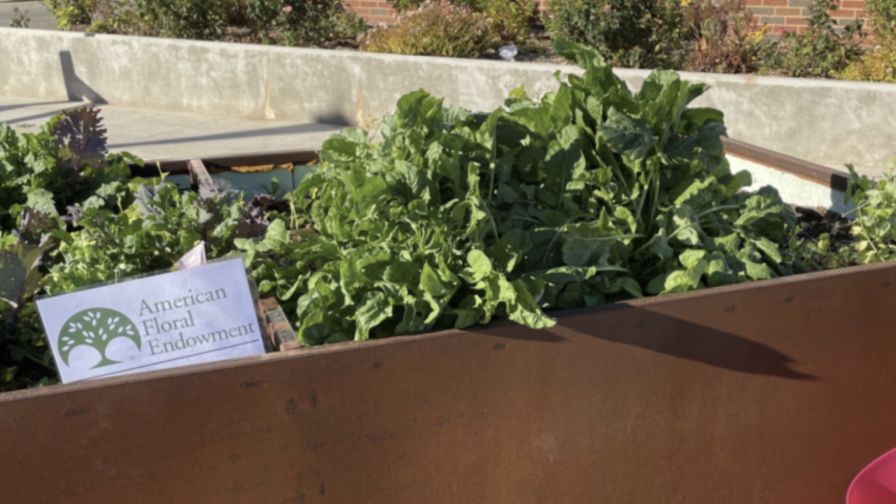How to Safely Introduce Experimentation Into Your Grow Site
 Experimentation is vital to the continuous improvement of cannabis cultivation processes, equipment, and technology. It can help prove a grower’s hunch that “there must be a better way,” and it’s the basis for all automation and new inventions.
Experimentation is vital to the continuous improvement of cannabis cultivation processes, equipment, and technology. It can help prove a grower’s hunch that “there must be a better way,” and it’s the basis for all automation and new inventions.
But the introduction of experiments into your cultivation facility warrants special attention. If not done correctly, R&D can become a costly exercise that may compromise a grower’s ability to sell their finished product.
As you tinker with new ways of growing, keep these four tips in mind to ensure that your experiments don’t come back to haunt you.
Tip #1: Create a Baseline
Records are vital to determine that a change is needed, and an experiment is warranted.
Establishing a baseline of data helps growers verify their hunch that a particular task is taking too long or contributing too much to their overall cost of production.
If an experiment results in purchasing new equipment or technology, baseline data will be needed to help calculate the potential return on investment and justify the purchase.
Digital recordkeeping is best, but pen and paper are fine, too. Just make sure that your records aren’t kept on a clipboard hung near anything that emits water (smudged data is not very useful). Avoid whiteboards as well, since an innocent brush of the shoulder could erase months of valuable recordkeeping.
Here is some information that you’ll want to track:
- How long does it take an employee to prepare for a specific task?
- How many people does it require?
- How long does it take an employee to perform that task?
- How long does it take to clean up after the job?
- How often are there mistakes?
- How much does this task contribute to the overall cost of production?
The answers to these questions can be monetized to help the grower decide if moving forward with an experiment makes sense.
Tip #2: Keep on Keepin’ on
Don’t stop recording data once your experiment has been implemented. It’s the only way to determine if an experiment has the potential to improve your bottom line.
You’ll want to keep track of the people involved, the time spent on the tasks, and the outcomes.
These numbers are crucial to determining whether the change will be scalable, how much it will cost, and how much it will benefit your operation.
Not every automated solution or new piece of grow equipment is appropriate for every cultivation facility, so it’s important to closely observe trials and determine if an experiment has shown the desired results and is scalable beyond the test plot.
Tip #3: Start-ups Beware
New cultivation businesses should seriously consider whether experimentation is an appropriate decision at such an early stage of their business.
The goal of any start-up in a hot cannabis market is to rapidly come to market with a quality product. However, initiating R&D projects in parallel to launching a business can distract a team’s focus, pull from limited resources, and potentially jeopardize a company’s ability to come to market at all.
Launching a cannabis start-up with a new grower, a new facility, new genetics, and a new cultivation crew is difficult enough. Experimenting on your very first crop will likely result in a delayed entry to market and a potentially unsaleable harvest.
New cultivation businesses should have the discipline to wait until they have several crops under their belt before dedicating people and resources to novel R&D projects.
Tip #4: Operating Businesses Should Tread Lightly
Existing businesses that chose to experiment are in a much safer place to do so than start-ups, but they should take great care to remain compliant with industry regulations.
Commercial operators should expect to come under much tighter scrutiny from regulators as we inch closer to federal legalization. In strict regulatory environments, growers must account for experimentation in their standard operating procedures (SOPs). If not, it could render their product ineligible for sale.
SOPs dictate how an operation produces cannabis, and they include checks and balances to verify that a crop was indeed grown following a company’s cultivation protocols.
Experimenting on an active crop is very risky. If the change hasn’t been baked into the cultivation SOPs, the crop will not have been grown according to the company’s protocols, and it may not be eligible for sale. In a federally regulated environment, this is a big deal.
Running tests in a dedicated R&D space is the safest way to experiment with a change. The test can be repeated multiple times for accuracy, and if it doesn’t work, the entire crop isn’t lost.
Without experimentation, growers risk getting left behind. All the high-tech grow toys we use today were born from a hunch and lots of experimentation. Cannabis growers should keep this innovation going — just make sure it doesn’t come at the cost of your business.









